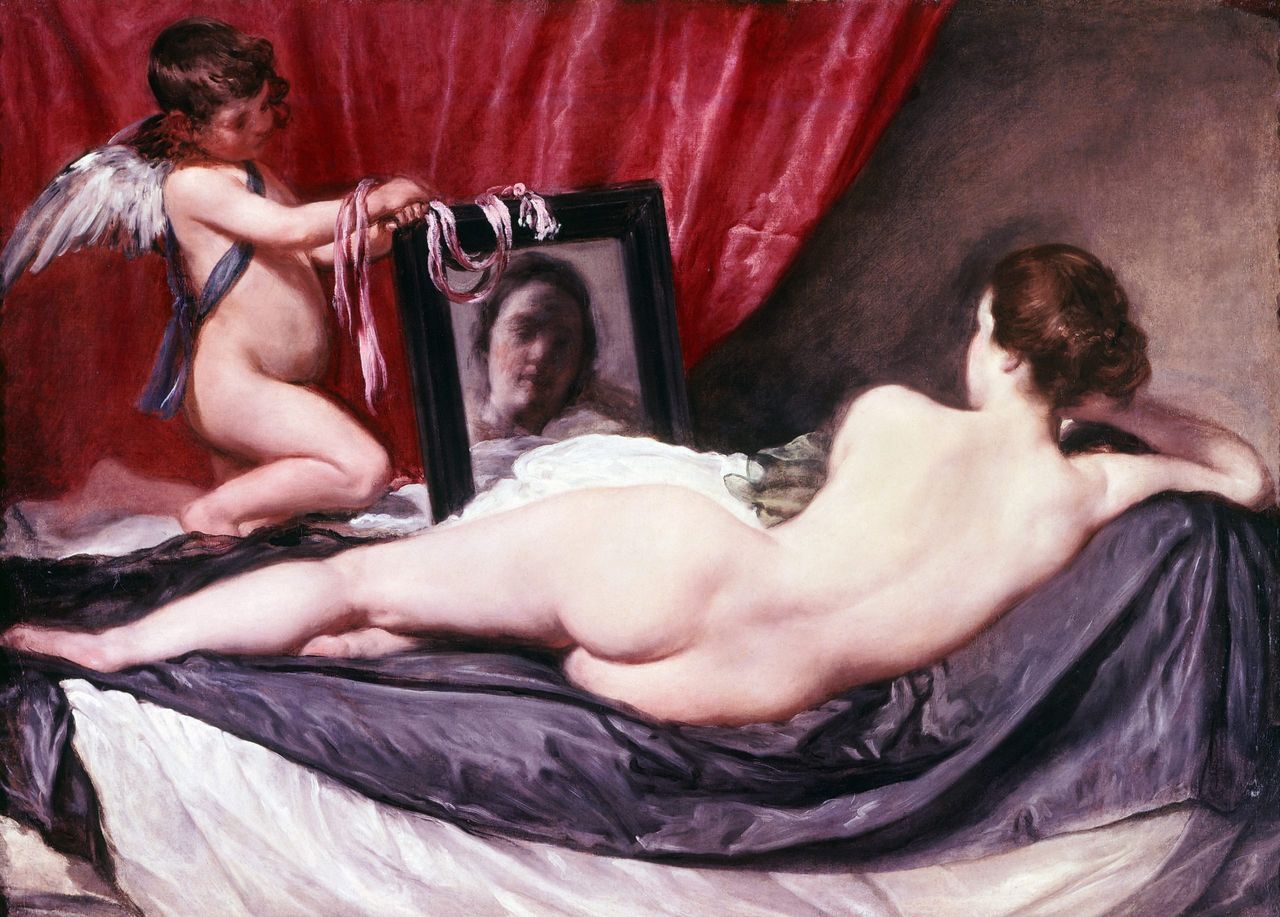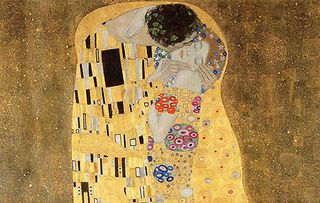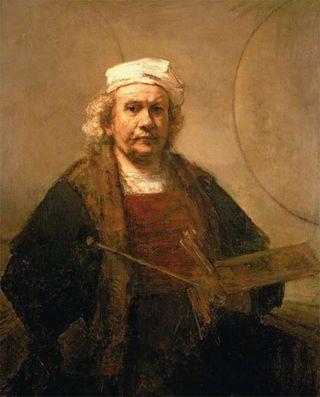My Favourite Painting: Wendy Philips
Wendy Philips, deputy chairman of Sotheby’s, chooses a classic Velázquez.


Wendy Philips on The Toilet of Venus, aka the Rokeby Venus, by Diego Velázquez
‘The “Rokeby Venus” is, to me, a particularly inspirational painting, not only because of the sheer beauty of the work itself, its perfection in composition and its teasing and enigmatic messages, but also because its acquisition by the National Gallery marked the first successful public campaign, in 1906, to save a masterpiece for the nation, spearheaded by the newly formed National Art Collections Fund.
‘At the time, the purchase price of £46,000 might have seemed unattainable; now, it seems money well spent.’
Wendy Philips is deputy chairman of Sotheby’s UK and head of Tax, Heritage and UK Museums.
John McEwen on The Toilet of Venus
The ‘Rokeby Venus’ (previously housed at Rokeby Hall, Co Durham) was thought to be a late masterpiece until an entry for it was found in a 1651 inventory: ‘A painting of a nude woman… leaning on her right arm and looking at herself in a mirror held by a child.’ The ‘child’ is winged, hence Cupid and the mythological title The Toilet of Venus.
There were plenty of nude goddesses from Renaissance Italy and Flanders in the Spanish royal collection, but it seems this picture may have been a result of Velázquez’s second trip to Italy, from 1648. His mission was to collect artworks on behalf of the king; he also had bronze casts made of famous antique marbles — most relevantly to this painting, the Villa Borghese’s nude Hermaphroditus sleeping on her front, now in the Louvre.
The 1651 inventory listed the collection of a young Spanish nobleman. The picture, undoubtedly painted from life, was probably commissioned by him, affording Velázquez a licence denied when painting for the king.
It is the only known Spanish nude before Goya’s 1800 Naked Maja. In counter-Reformation Spain, such an obviously erotic subject was not tolerated. Naked mythological figures had to be shielded from the queen’s gaze and Velázquez’s master and father-in-law, Francisco Pacheco, as inspector of art for the Inquisition, advised that even female hands and faces should be modelled only by chaste women.
Something of this fierce puritanism drove a suffragette to slash this painting in 1914. The diagonal rips across the body are still discernible when viewed from the side.

Jools Holland’s Favourite Painting
Jools Holland introduces his favourite painting – Tulip petal number 3
Sign up for the Country Life Newsletter
Exquisite houses, the beauty of Nature, and how to get the most from your life, straight to your inbox.

Credit: The Kiss - Gustav Klimt
My favourite painting: Danielle Steel
Danielle Steel, the world's top-selling fiction writer, admits that 'Klimt stole my heart' with this wonderful work.

My Favourite Painting: Lucinda Bredin
Lucinda Bredin chooses her favourite painting for Country Life.
Country Life is unlike any other magazine: the only glossy weekly on the newsstand and the only magazine that has been guest-edited by HRH The King not once, but twice. It is a celebration of modern rural life and all its diverse joys and pleasures — that was first published in Queen Victoria's Diamond Jubilee year. Our eclectic mixture of witty and informative content — from the most up-to-date property news and commentary and a coveted glimpse inside some of the UK's best houses and gardens, to gardening, the arts and interior design, written by experts in their field — still cannot be found in print or online, anywhere else.
-
 Can't you hear me S.O.S? Our treasured native dog breeds are at risk of extinction
Can't you hear me S.O.S? Our treasured native dog breeds are at risk of extinctionDo you know your Kerry blue terrier from your Lancashire heeler? A simple lack of publicity is often to blame for some of the UK's native dog breeds flying dangerously low under-the-radar.
By Victoria Marston Published
-
 'There are architects and architects, but only one ARCHITECT': Sir Edwin Lutyens and the wartime Chancellor who helped launch his stellar career
'There are architects and architects, but only one ARCHITECT': Sir Edwin Lutyens and the wartime Chancellor who helped launch his stellar careerClive Aslet explores the relationship between Sir Edwin Lutyens and perhaps his most important private client, the politician and financier Reginald McKenna.
By Clive Aslet Published
